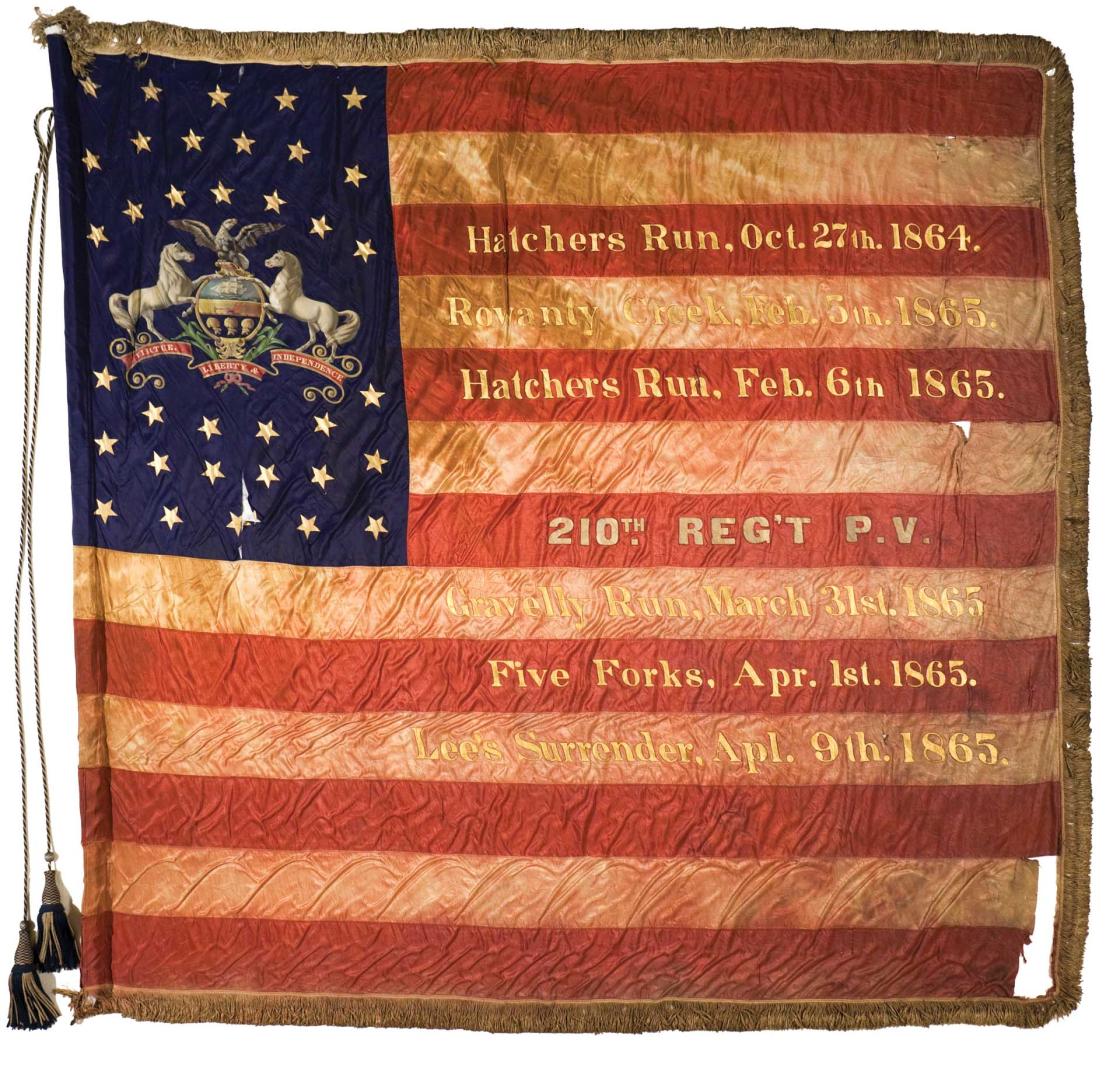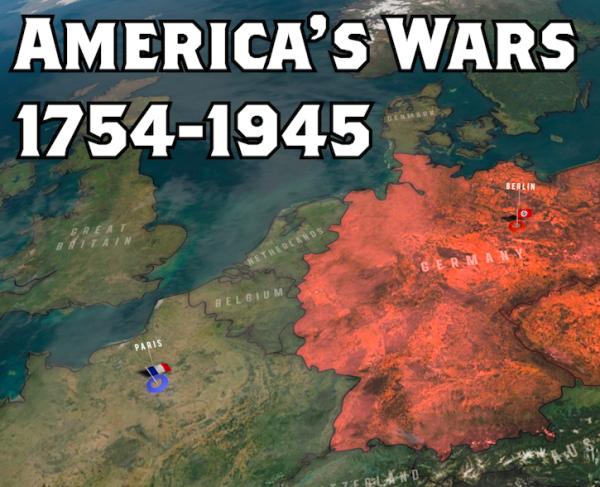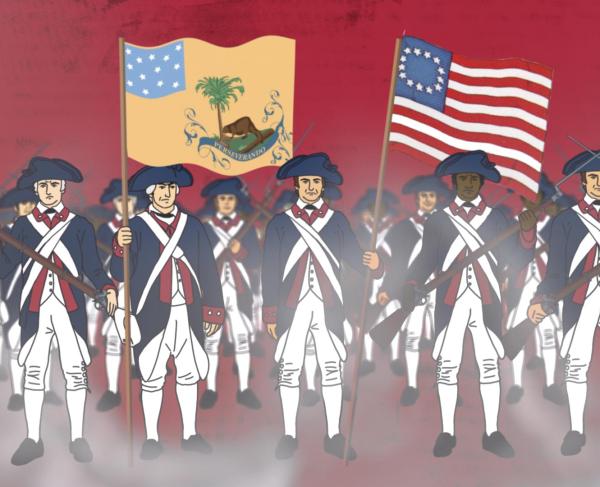
Campaign streamers on display at Medal of Honor Day at Arlington Cemetery, Arlington, Va.
On ceremonial occasions, the United States Army flag is accompanied by nearly two hundred campaign streamers, each marking a different moment of the nation’s military history. To the initiated, the different colors and designs speak volumes, conveying information at a glance. Altogether, the streamers represent 17 conflicts extending from the Revolutionary War to the 21st century. As wars waged and conflict ebbed and flowed, this form of recognition and honor became an extension of the country’s story.
These battle honors came to prominence during one of the nation’s most challenging moments — the Civil War. At the outbreak of the war, Maj. Gen. John C. Fremont was appointed by President Lincoln to command the Department of the West. Less than five months later, Fremont led troops from Iowa, Kansas and Missouri during the Battle of Wilson’s Creek.
The 1861 battle, perhaps the most significant west of the Mississippi, was a resounding Confederate victory and gave them control of southwestern Missouri. Nonetheless, to recognize the extraordinary service of his Union soldiers during the arduous battle, Fremont ordered for the word “Springfield” to be embellished on the colors of all units that partook in the battle.
Acknowledging Fremont’s action, the War Department announced General Order No. 19 on February 22, 1862. The General Order directed for the names of battles to be inscribed upon the colors or guidons of all regiments and batteries that performed admirably. Emphasizing its privilege, the Order explained: “it is expected that troops so distinguished will regard their colors as representing the honor of their corps.”

Battle honors depicted on regimental colors or guidons continued from 1862 until 1890, when the convention was discontinued. In its place, silver bands engraved with the names of battles were placed around the staffs of their organizational colors. And while this new style continued the tradition of honoring soldiers’ bravery, it did not last long. During World War I, because they were unable to obtain silver bands due to war rationing, the War Department authorized Cmdr. Gen. John J. Pershing to instead obtain ribbon as a substitute. The ribbons now would bear the names of all wartime operations by the American Expeditionary Forces. Shortly after the end of the war, Army organizations were approved to use large campaign streamers. And now — for more than a century — these streamers have remained.
For years, the American Battlefield Trust has been releasing Animated Battle Maps to help bring the battles and campaigns that defined the American...
Today, each streamer — hanging four feet long and 2¾ inches wide — is embroidered with a campaign and the year it occurred. The colors adorning the streamers correspond to the campaign ribbons authorized for service during the respective conflict. For example, the 17 Revolutionary Campaigns are scarlet with a white stripe at the center, while the 25 from the Civil War are blue and gray. The 13 World War I streamers are double rainbows, and the 10 from the Korean War are light blue with a white stripe. Currently, 190 campaign streamers have been authorized for display on the Army flag, representing engagements from 1775 to 2015.
With a total of 47 streamers, the Revolutionary War, War of 1812 and Civil War streamers mark some of the most poignant moments in our nation’s story. From the shot heard ’round the world at Lexington and the British surrender at Yorktown to the attack on Fort Sumter and the surrender at Appomattox Court House, they chronicle the reality and sacrifice it took to shape the nation we know today. As such, the Army Flag is always presented with all campaign streamers attached, a constant reminder of where we came from and where we are.



